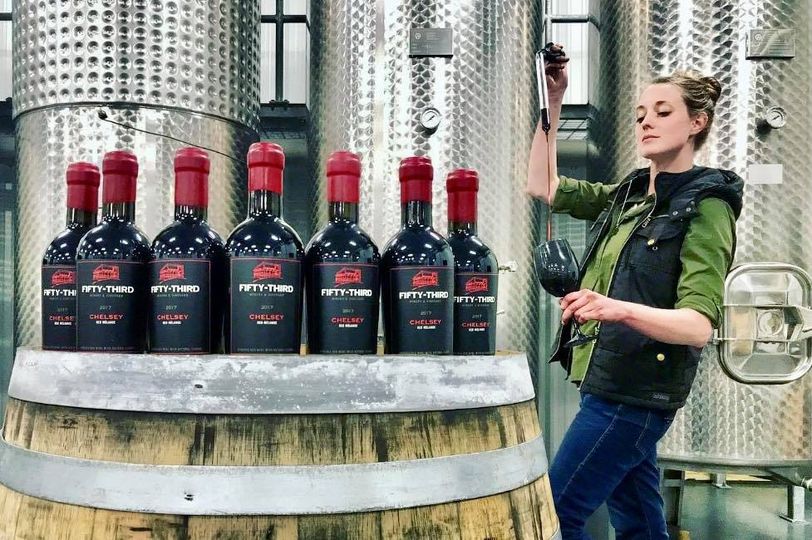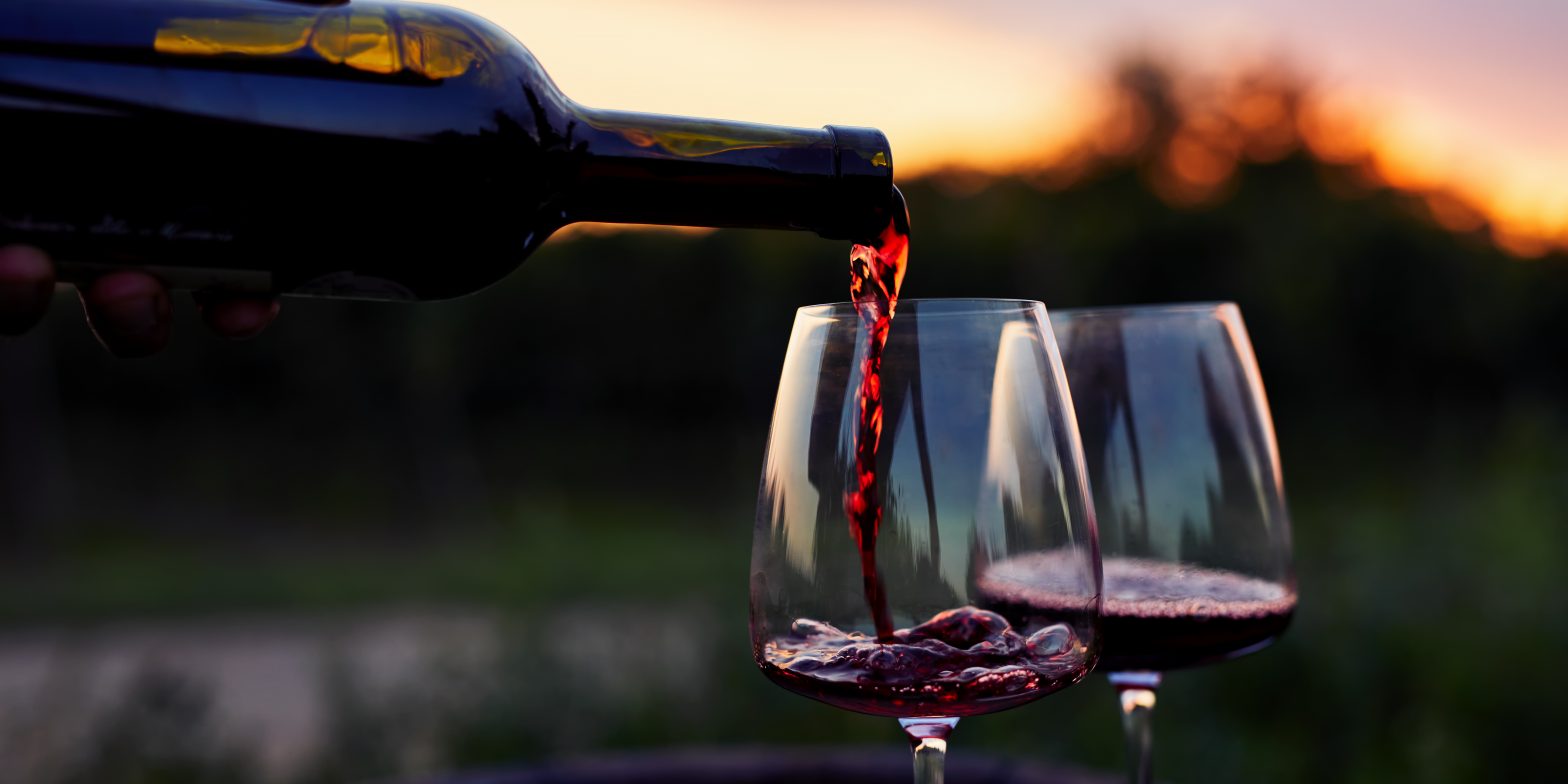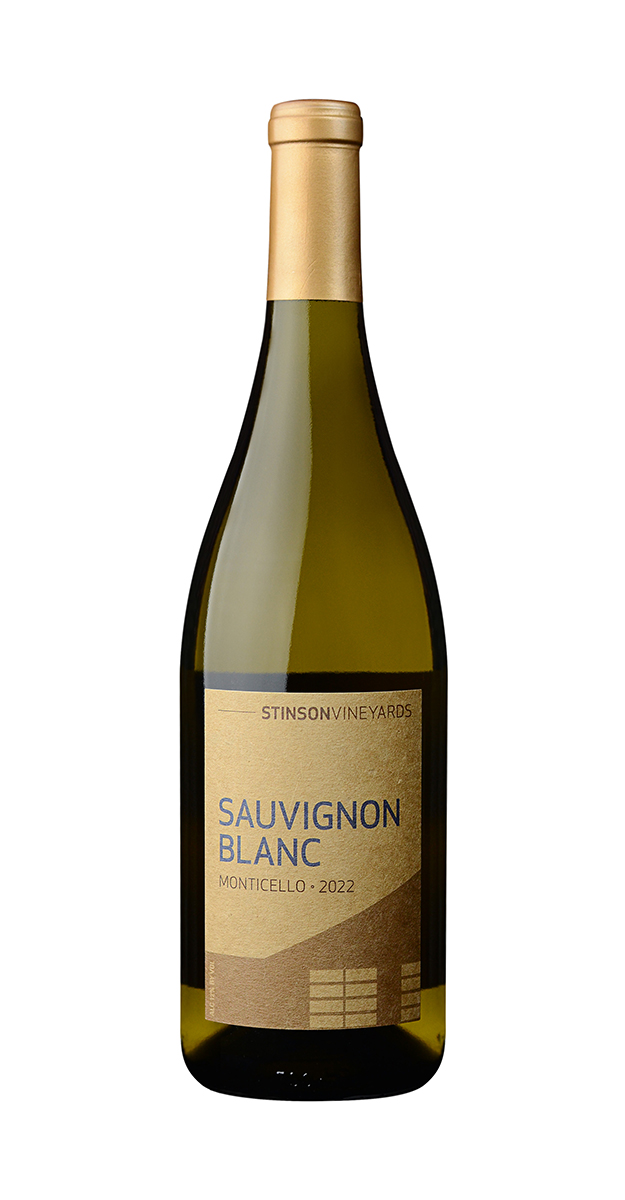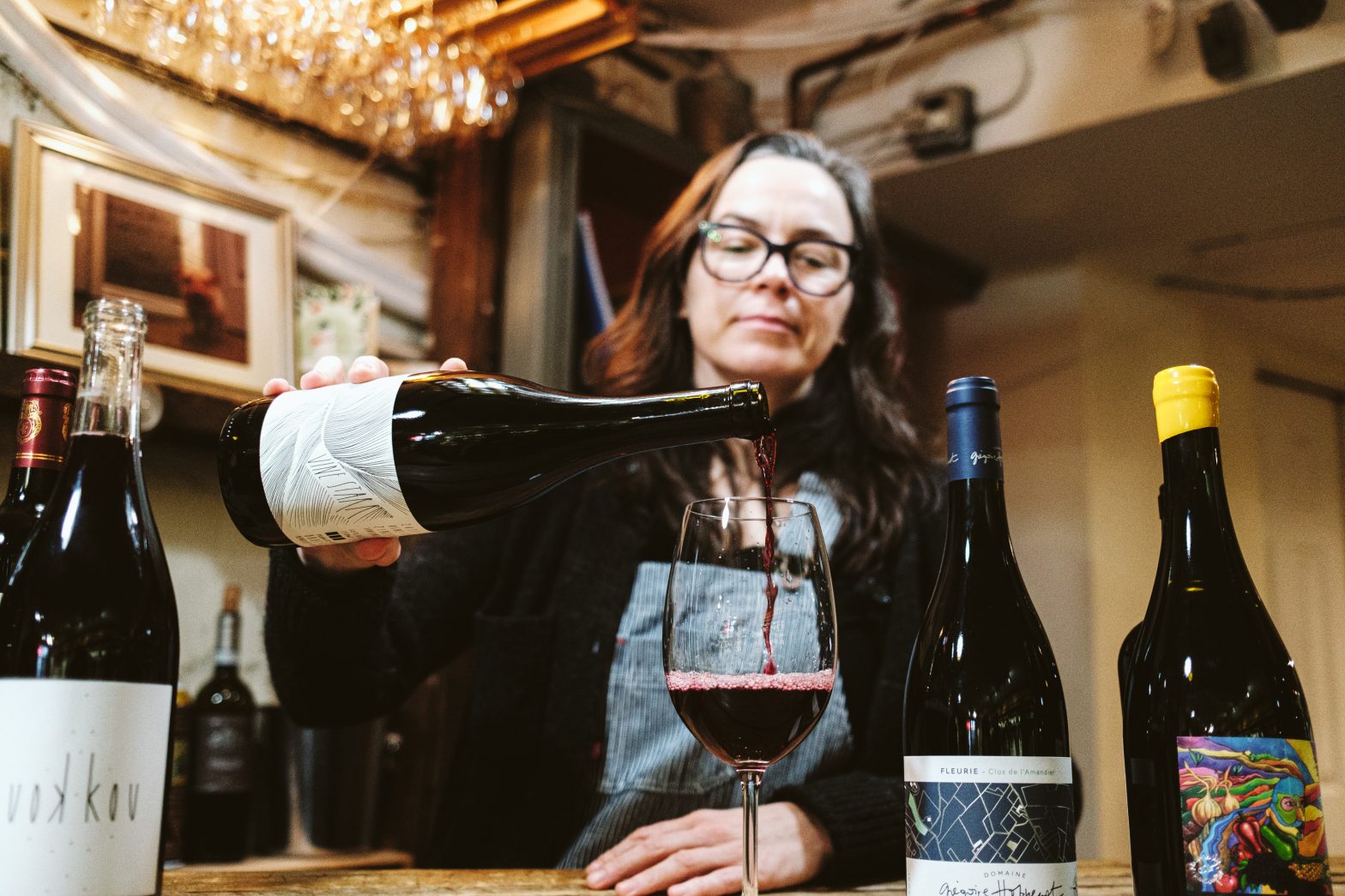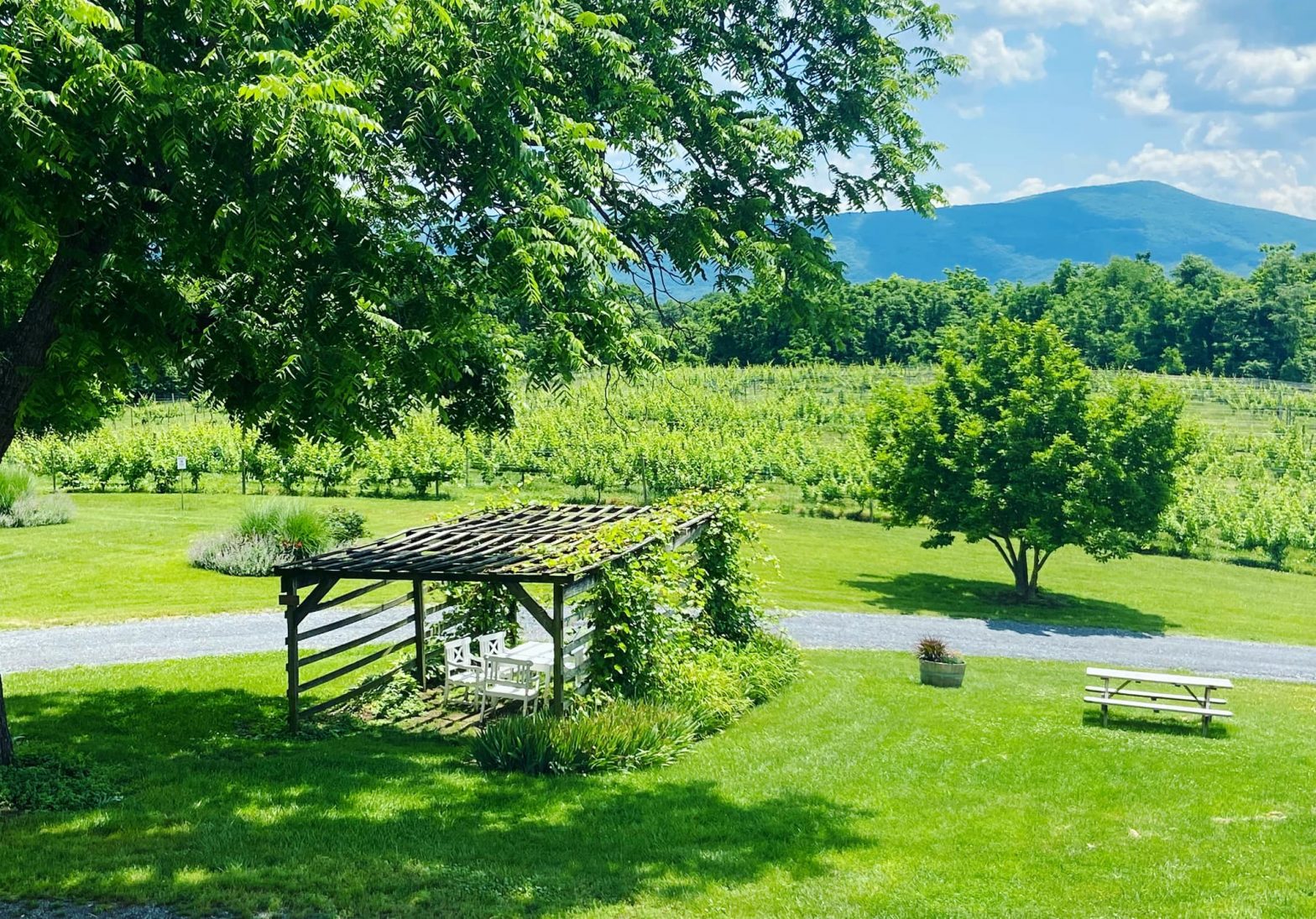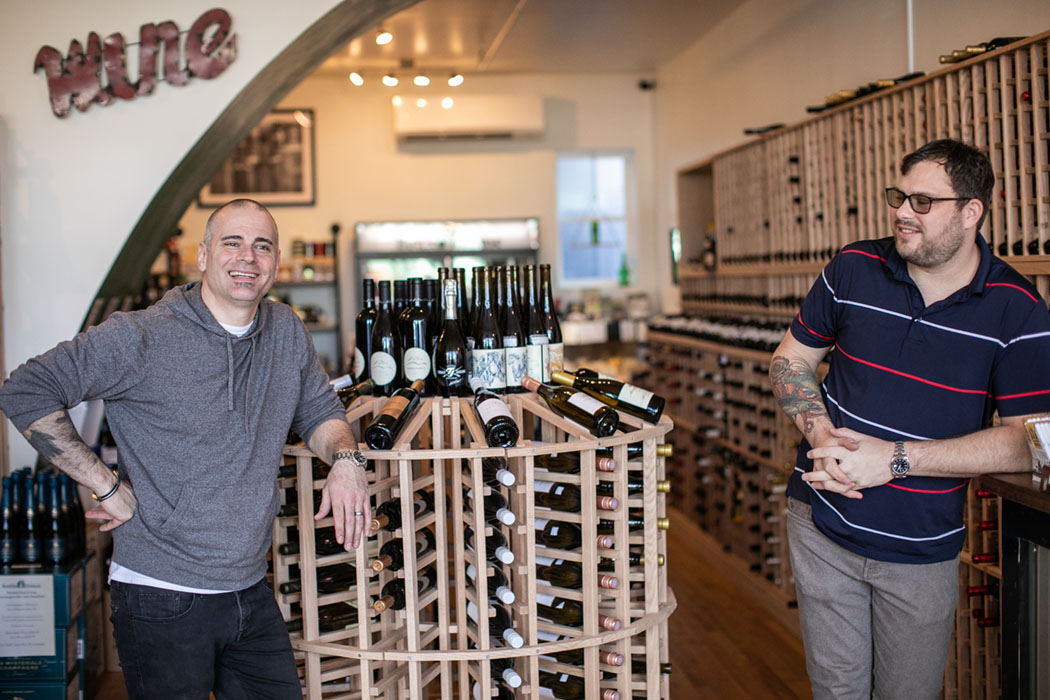Most of us check the weather forecast to decide how to dress, or evaluate the impact it has on our travel or events. For farmers who grow grapes and winemakers whose craft is innately tied to the whims and blessings of Mother Nature, the weather report is even more crucial.
Vintage variation, the impact of year-to-year weather differences on wine’s aroma, flavor, and overall quality, is an inherent part of winemaking. While all wine regions experience this phenomenon to some extent, vintage variation in Virginia can be quite dramatic, and poses significant challenges to local winemakers.
An extreme example occurred in 2018, when record amounts of rainfall plagued the region, leading to difficulty ripening fruit, a dilution of sugar and flavor in grapes, and increased disease from fungus. Some producers even abstained from producing red wine that year, due to subpar fruit quality.
Two years later, in 2020, another challenge presented itself: Frost alerts in April and May, capped off by record-setting freezing temperatures on Mother’s Day, damaged grapes and led to severely reduced crop yields. Without ample grapes to work with, winemaking can be an impossible task.
This year, however, the local wine industry was blessed with exceptionally favorable weather conditions for grape cultivation. The resulting fruit quality has local winemakers smiling, and wine enthusiasts eagerly anticipating the release of the 2023 wines.
Jake Busching, who makes limited-production wines under his Jake Busching Wines label, and was recently named winemaker at Eastwood Farm and Winery, has been growing and making wine in Virginia since 1997. He lauds 2023 as one of the best vintages that he has worked with. “While 2009 will remain as the ‘best’ vintage, this one outranks most others,” says Busching. “While the year was dry, it wasn’t very hot, and that is what makes the difference in Virginia. Low water uptake and lower heat at night makes for amazing wine here.”
The difference between daytime and nighttime temperatures is known as diurnal variation. A large diurnal variation means grapes benefit from warmer daytime temperatures for ripening but maintain acidity due to cooler temperatures overnight. Emily Hodson, winemaker at Veritas Vineyards and Winery, also compares this growing season to the best ones. “The most important part, or the magic of the vintage, was the acid retention from having relatively cool nights compared to other vintages,” Hodson says. “Reminds me the most of 2009, which is one of my favorite vintages on record.”
Early Mountain Vineyards’ Maya Hood White maintains that every year in Virginia is unique, but she feels 2023 has “aspects of 2009, 2010, 2017, and 2019,” other vintages considered excellent in Virginia. “The lack of rainfall led to early ripening and an overall low incidence of disease pressure afforded us the luxury of flexibility in when to pick,” says Hood White. Expanding on the factors that made this year special, she mentions early bud break combined with most vineyards being minimally affected by early season frosts.
“Quality was outstanding,” says Matthieu Finot, winemaker at King Family Vineyards. “I feel like all the reds outperformed. I had some cabernet franc with color so deep that it looks like petit verdot … and [there is] great acid on the whites.”
Unsurprisingly, multiple winemakers mention cabernet franc as a star in 2023. Ben Jordan, who has been a winemaker in Virginia since 2012 and last year co-founded the Common Wealth Crush venture, says, “I love how the cabernet francs have varietal aromatics and flavors alongside richness and ripe tannins.”
Benoit Pineau, winemaker at Pollak Vineyards, says “Cabernet franc, as usual,” but also highlights merlot, a variety that often receives less attention, as exceptional in this vintage. In fact, Busching, Hood White, and Jordan are all enthusiastic about this year’s merlot. Jordan goes as far as to say, “definitely the best Merlot vintage I have seen in the state.”
Pineau brings up a second variety not usually in the spotlight: cabernet sauvignon. Chelsey Blevins, winemaker at Fifty-third Winery and Vineyard, echoes this sentiment. Asked what was most impressive this year, she responds, “Our 2023 cabernet sauvignon, which came on to the crush pad in near perfect condition with some of the best numbers I have ever seen. … Getting cabernet sauvignon ripe in Virginia is a feat in and of itself. … So far, the wine is turning out to be a cellar favorite.”
In addition to excellent quality, there are other interesting projects coming out of the 2023 vintage. Several winemakers are continuing to expand their use of different winemaking techniques. Finot is increasing his use of whole cluster inclusion in fermentation and Hood White is expanding the co-fermentation projects at Early Mountain. Blevins is experimenting with a dessert wine made in the ice wine style. This utilizes the cryoextraction technique, removing water from grapes by freezing, resulting in a higher concentration of sugar and flavor.
Others are excited to be working with grape varieties less commonly seen in Virginia. Pineau will release the first nebbiolo from Pollak, produced entirely from grapes grown by Pollak. Hodson is also working with two varieties new to her, tannat and sauvignon gris. Jordan promises a sparkling chenin blanc, produced with the same techniques used to make Champagne.
